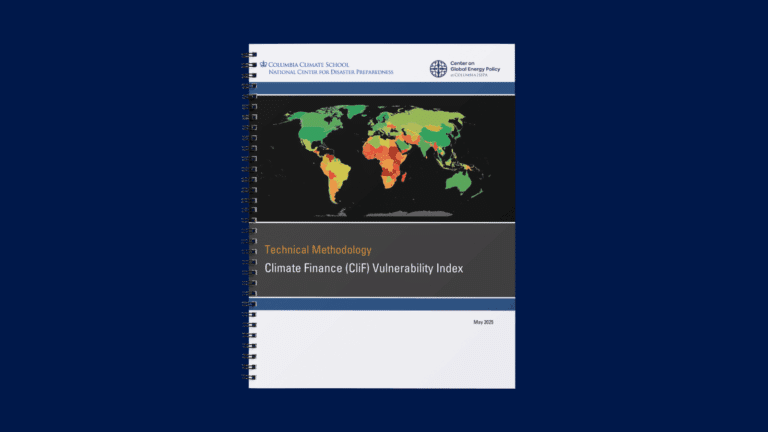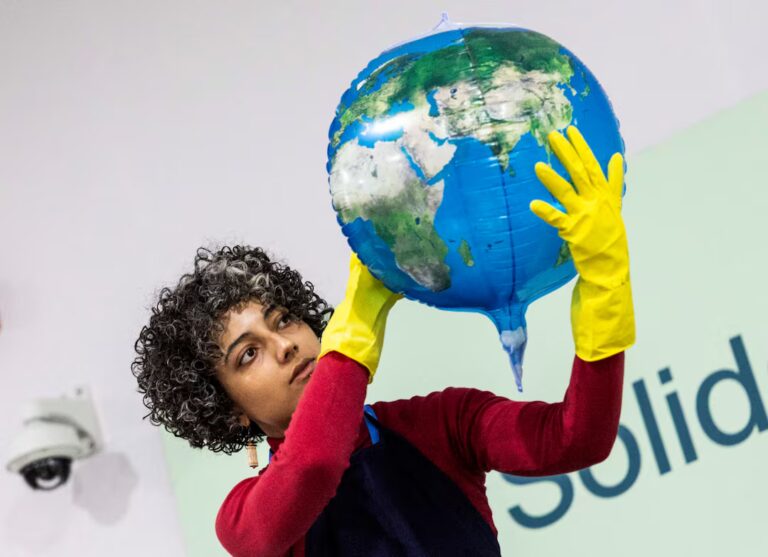Read the Article
Over the past 200 years, humans have dramatically altered our global environmental envelope accidentally through uncontrolled greenhouse gas emissions. Humans have also developed the technology to both stop emitting greenhouse gases and ultimately to remove them from the atmosphere through a combination of natural and engineered pathways. Ultimately, humanity must practice CO2 removal in addition to maximal reduction in greenhouse gas emissions through conventional mitigation to achieve net-zero greenhouse gas emissions and ultimately net-negative emissions. To accomplish this task will require enormous sums of money and substantial cooperation between groups of people who commonly do not work together: technical experts, financiers, and government officials. In addition to heightened and accelerated ambition, humility is required as well. The task requires frequent and extended achievement in arenas that many scientists and engineers commonly understand only tangentially (e.g., lawmaking, regulatory enforcement, and project finance).
In a new article for Frontiers in Climate, CGEP Senior Research Scholar Dr. Julio Friedmann examines the distinct roles of technical experts, financiers, and government officials in advancing carbon dioxide removal projects.



